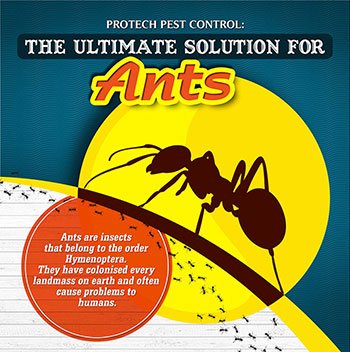Maximize Your Expertise Of Rodent Nesting Patterns To Exceed These Insects And Refine Your Rodent Monitoring Methods
Maximize Your Expertise Of Rodent Nesting Patterns To Exceed These Insects And Refine Your Rodent Monitoring Methods
Blog Article
Created By-McDonough Alston
When it comes to rodent control, comprehending typical rodent habits is vital to properly managing infestations. Did you know that rats have some interesting nesting routines that might shock you? By discovering their elaborate actions, you can get important insights into just how to deal with rodent concerns in a more strategic and reliable way. So, let's unwind the enigmas behind these animals' activities and discover exactly how to outmaneuver them in your rodent control efforts.
Rat Nesting Behaviors
When observing rodents in their all-natural environment, you'll notice that they proactively seek out materials to create their nests. Rodents, such as mice and rats, are clever animals that utilize a variety of products like twigs, leaves, paper, and material to construct their homes. They're careful in their nest-building process, usually lining their nests with softer products like hair or plumes to develop a comfy setting.
Rodents favor to build their nests in concealed and protected locations to protect themselves and their young from killers. Common nesting places include wall surface tooth cavities, attic rooms, basements, and even within insulation materials. By building their nests in these remote areas, rats can safely increase their offspring away from prospective dangers.
It is important to recognize the nesting routines of rodents when executing control procedures. By interrupting their nests or getting rid of products, you can dissuade rodents from developing an existence in your home or home. Appropriate hygiene and sealing off entrance factors are also critical action in preventing rodent infestations.
Rodent Feeding Patterns
After observing rats' nesting habits, it ends up being obvious that their feeding patterns play a crucial role in their lives and habits. Rodents, consisting of computer mice and rats, are opportunistic feeders, implying they'll consume whatever food resource is conveniently offered. They're mainly nocturnal creatures, favoring to forage for food throughout the cover of night to stay clear of predators.
https://www.kmbc.com/article/bonner-springs-animal-control-asking-publics-assistance-locating-individuals-suspected-of-abandoning-dog-kansas/30189125 have a diverse diet plan, ranging from grains, seeds, fruits, and vegetables to bugs, nuts, and also little animals. This flexibility in their food options allows them to thrive in various settings, including metropolitan locations where human food sources are abundant.
Their feeding patterns aren't only driven by hunger however also by the demand to accumulate food for times of deficiency. This habits is especially recognizable to prepare for cold weather or when nesting. Rodents are recognized to hoard food in their nests or burrows, making certain a constant food supply. Comprehending their feeding patterns is essential in applying efficient rodent control procedures to disrupt their food resources and protect against invasions.
Rodent Activity and Travel
Rats navigate their surroundings with agility and stealth, utilizing their keen detects to relocate swiftly with their settings. These creatures are experienced climbers, able to range wall surfaces and vertical surfaces effortlessly. They can additionally press with surprisingly little openings, making it vital to seal any prospective access factors in your home.
When it pertains to taking a trip, rats often tend to adhere to acquainted paths, creating trails along walls or skirting the edges of spaces. They're creatures of habit, often sticking to these developed courses as they forage for food or discover their environments.
Rodents are understood for their nocturnal behaviors, so you may hear them scurrying around at night as they search for food and water. Their movements are quick and unpredictable, enabling them to dart in and out of view in the blink of an eye.
Comprehending how rodents relocate and travel can help you identify potential infestation locations in your house and take positive steps to prevent these parasites from getting a footing.
Final thought
As you function to manage rodents in your home, remember that understanding their actions is essential. By recognizing their nesting practices, feeding patterns, and motion, you can effectively stop infestations.
Coincidentally, by taking proactive actions to remove food resources and seal off entrance points, you can interrupt their acquainted paths and force them to seek out brand-new areas, inevitably lowering the probability of rodent existence in your home.
